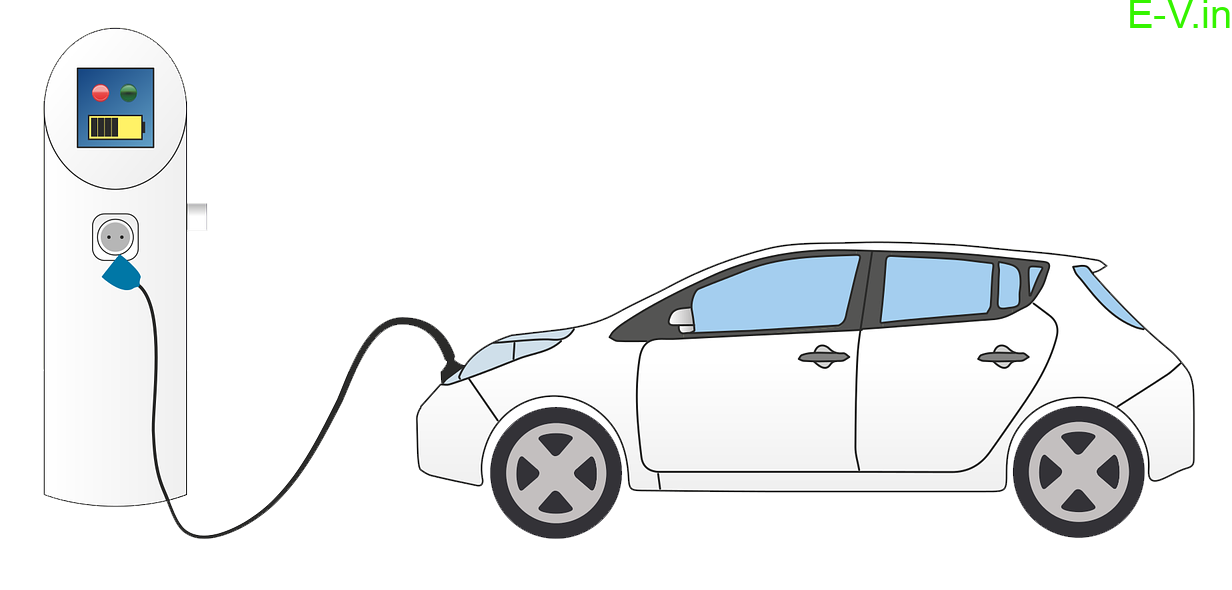
Solutions to lower cost and increase finance for electric vehicles
Mobilising Electric Vehicle Financing in India
The National Institution for Transforming India, NITI Aayog and an independent non-profit Rocky Mountain Institute (RMI) India released a new report ‘Mobilising Electric Vehicle Financing in India’ which emphasis on the finance in India’s transition to electric vehicles and analyses that the transition will require a cumulative capital investment of USD 266 billion (Rs 19.7 lakh crore) in EVs, charging infrastructure, and batteries over the next decade. The report identifies solutions to direct capital and financing to aid in India’s EV transition.

Finance for electric vehicles
Highlights
- The market size of USD 50 billion (Rs 3.7 lakh crore) for the financing of EVs in 2030
- 80% of the current size of India’s retail vehicle finance industry, worth USD 60 billion (Rs 4.5 lakh crore)
“The need of the hour is to mobilise capital and finance towards EV assets and infrastructure,” said Amitabh Kant, CEO, NITI Aayog. “As we work towards accelerating the domestic adoption of EVs and push for globally competitive manufacturing of EVs and components like advance cell chemistry batteries, we need banks and other financiers to lower the cost and increase the flow of capital for electric vehicles.”
Barriers to EV adoption in India’s electric mobility transition
- Technology cost, infrastructure availability
- Consumer behaviour
- Incentives that reduce the upfront cost of EVs
- financing-cost and quantum of capital
The public and private sectors are diligently working together on solutions to each of these barriers. These solutions include:
• Production-Linked Incentive (PLI) Scheme, with an outlay of INR18,100 crore (USD2.4 billion) for the advanced chemistry cell battery sector
• Faster Adoption and Manufacturing of Electric Vehicles (FAME) India Scheme, Phase II with an outlay of INR1,000 crore (USD135 million) for the deployment of charging infrastructure
Mobilisation of capital and finance towards EV assets and infrastructure is the need of the hour. According to the report, the quantum of capital and finance required for India’s EV future is considerable. Between 2020 and 2030, the estimated cumulative capital cost of the country’s EV transition is INR19.7 lakh crore across vehicles, charging stations, and batteries. The projected size of the annual loan market for EVs is INR3.7 lakh crore
in 2030.
Access low-cost financing
- Multistakeholder collaboration and innovative solutions
- Financial institutions, industry players, government bodies, and civil society must work together
- Innovations in finance and technology
EV sales potential
According to the analysis of the future passenger and freight vehicle sales, India’s weighted-average EV sales penetration has the potential to be about 70 percent in 2030.
As of 2020, the flow of finance from the organised sector (i.e., banks and non-banking financial companies (NBFCs) is about:
- 50 percent to four-wheeler passenger vehicles (PVs)
- 40 percent to commercial vehicles (CVs)
- 10 percent to tractors and two-wheelers
Financing penetration, the share of vehicles financed through loans by the organised sector varies by segment and is expected to be
- 35 to 50 percent for all two-wheelers
- 80 percent for all four-wheeler PVs
- 95 percent for new light, medium, and heavy-duty CVs
India’s Electric mobility opportunity
Government aims
The government of India has set a target of making India an EV hub and has launched e Faster Adoption and Manufacturing of (Hybrid and) Electric Vehicles (FAME) India Scheme.
India is gaining EV transition due to
- Demand creation
- State EV policies, and
- Domestic manufacturing
High financing cost and uncertainty around longterm economics include resale value. It remains both real and perceived issues for FIs. There are risks associated with the nascency of the electric mobility ecosystem. They have given rise to problems such as high interest and insurance rates, the low loan-to-value ratio, and limited financing options for retail customers. This may lead to unsecured borrowing from the unorganized sector at even higher rates. Further, both the vehicle finance and EV sectors are diverse.
If you are an EV manufacturer or EV Dealer or EV Supporter who want to share news related to electric vehicles on our website, please send an email to crm@electricvehicles.in
For the latest electric vehicles news, follow electricvehicles.in on




